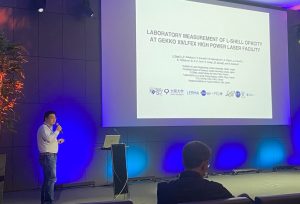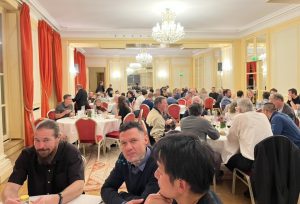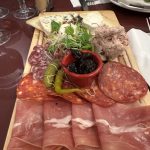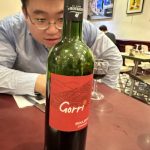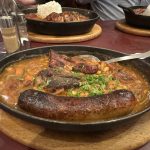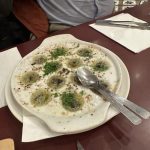参加報告:RPHDM2024(阪大・JINYUAN DUN)
From November 18 to 22, I, along with Prof. Fujioka and Mr. Karaki, had the opportunity to attend the 20th International Workshop on Radiative Properties of Hot Dense Matter (RPHDM 2024). On the second day, I presented a talk entitled “Laboratory Measurement of L-Shell Opacity at GEKKO XII/LFEX High Power Laser Facility,” in which I shared the latest developments in our research on opacity measurement.
The workshop focused on key topics related to radiation and plasma interaction, including opacity, plasma spectral line shapes, and plasma spectroscopy. At the workshop, we were pleased to present several new developments regarding the opacity experiment at Sandia National Laboratory (SNL) and the National Ignition Facility (NIF). Dr. Loisel from SNL presented the first time-resolved spectroscopy from Z facility experiments, which demonstrated that the opacity model is consistent with the experimental data at Te=156 eV but inconsistent at Te=182 eV. This discrepancy can be attributed to the use of two different time anchors. On the same day, Dr. Mayes (SNL) presented findings indicating that measuring carbon and oxygen poacities could enhance the precision of opacity models and white dwarf cooling models. Dr. Heeter from NIF presented the detailed experiment design and the most recent results from the NIF opacity experiment. Dr. Bowen from CEA presented their opacity experiment platform design. The presentations provided valuable insights that will help us address challenges and enhance our experimental platform. Additionally, the updates on the opacity modeling code and other simulations were beneficial for our research. During the workshop, I had the opportunity to discuss the opacity experiment design with Dr. Nakayama, the data analyst at SNL, and gained valuable insights.
On the third day, we also attended an additional meeting with all the researchers involved in opacity-related matters. During the meeting, we discussed with researchers from SNL, NIF, and CEA ways to improve the accuracy of measurement, the potential reasons why models are not consistent with data, and proposed new ideas. In addition to the carbon/oxygen opacities previously discussed, the M-shell opacities of gold are also a promising avenue for further investigation. They have the potential to address several issues related to hohlraum heating efficiency. This measurement requires the XUV spectrometer, which is the main spectrometer used in our opacity experiments. Our team is well-positioned to lead in this research area. Additionally, we discussed the proposal for the third opacity campaign with Dr. Delahaye, Dr. Koenig, and Dr. Frederic.
- My presentation
- Conference dinner

